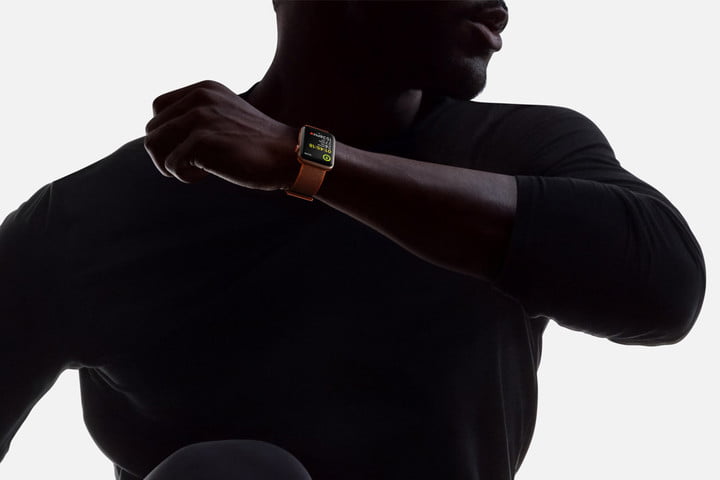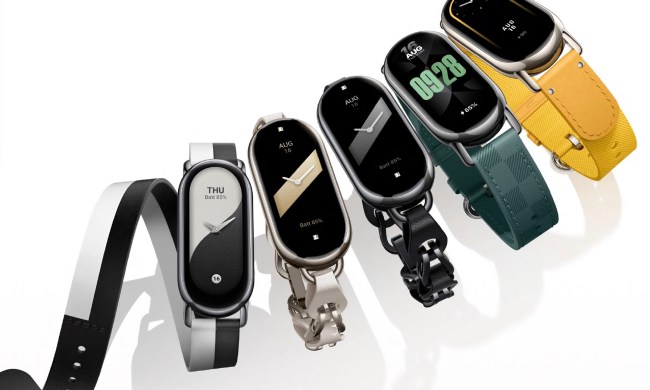
Sales of wearable tech continue to grow, while Apple has taken a comfortable lead in both the final quarter of 2017, and throughout the whole of last year, according to a report from the International Data Corporation (IDC).
Wearables have had something of a checkered history, with the fledgling tech sometimes struggling to find a place within the market, and a niche to call its own. That struggle seems to mostly be at an end, as sales for wearables such as smartwatches and fitness trackers continued to grow for the second year in a row. While the 10.3 percent growth in 2017 was smaller than the 27.3-percent growth seen in 2016, the IDC does not see this as a bad sign. Instead, the firm attributes this decline in the growth trajectory to large changes within the industry, as established names dropped out and were replaced by new startups that continued to push wearable development forward at a fast pace.
“The slowdown is not due to a lack of interest – far from it. Instead, we saw numerous vendors, relying on older models, exit the market altogether. At the same time, the remaining vendors – including multiple startups – have not only replaced them, but with devices, features, and services that have helped make wearables more integral in people’s lives,” said Ramon T. Llamas, IDC’s wearables research director.
Apple seems to be the major winner in 2017’s wearable market, increasing its sales in the final quarter of 2017 by 57.5 percent over the same period last year, and increasing sales over the entire year by 55.9 percent, the Apple Watch Series 3 helping it to overtake Xiaomi to become the global leader in smartwatch sales.
Most other companies in the top five saw a drop in sales on the previous year, with Xiaomi and Garmin seeing a decline of just under a single percent, while Fitbit saw a large 31.6-percent drop in sales on 2016’s numbers. Fossil had a good year though, increasing sales over the year by a hefty 133.1 percent, while Huawei also saw a sizeable jump in the final quarter, increasing sales by 93.2 percent, compared to 2016.
Llamas also stated that “the next generation of wearables will make the ones we saw as recently as 2016 look quaint,” and despite a decline in sales for some of the biggest names in wearable tech, the wearable market as a whole seems to be in fine health.


